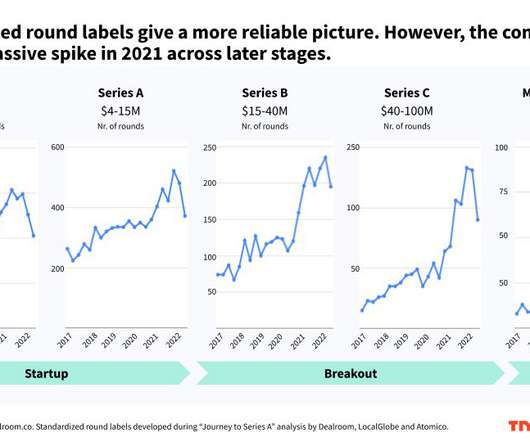Why Raising Too Much Money Can Harm Your Startup
Both Sides of the Table
JUNE 30, 2016
It is a truism that with more capital you will hire people more quickly and spend more liberally whether it’s on external contractors, PR firms, attending events, doing legal work (trademarks, patents) or whatever. It forces harder decisions about whom you’ll hire and whom you’ll delay. million or $4 million.












Let's personalize your content